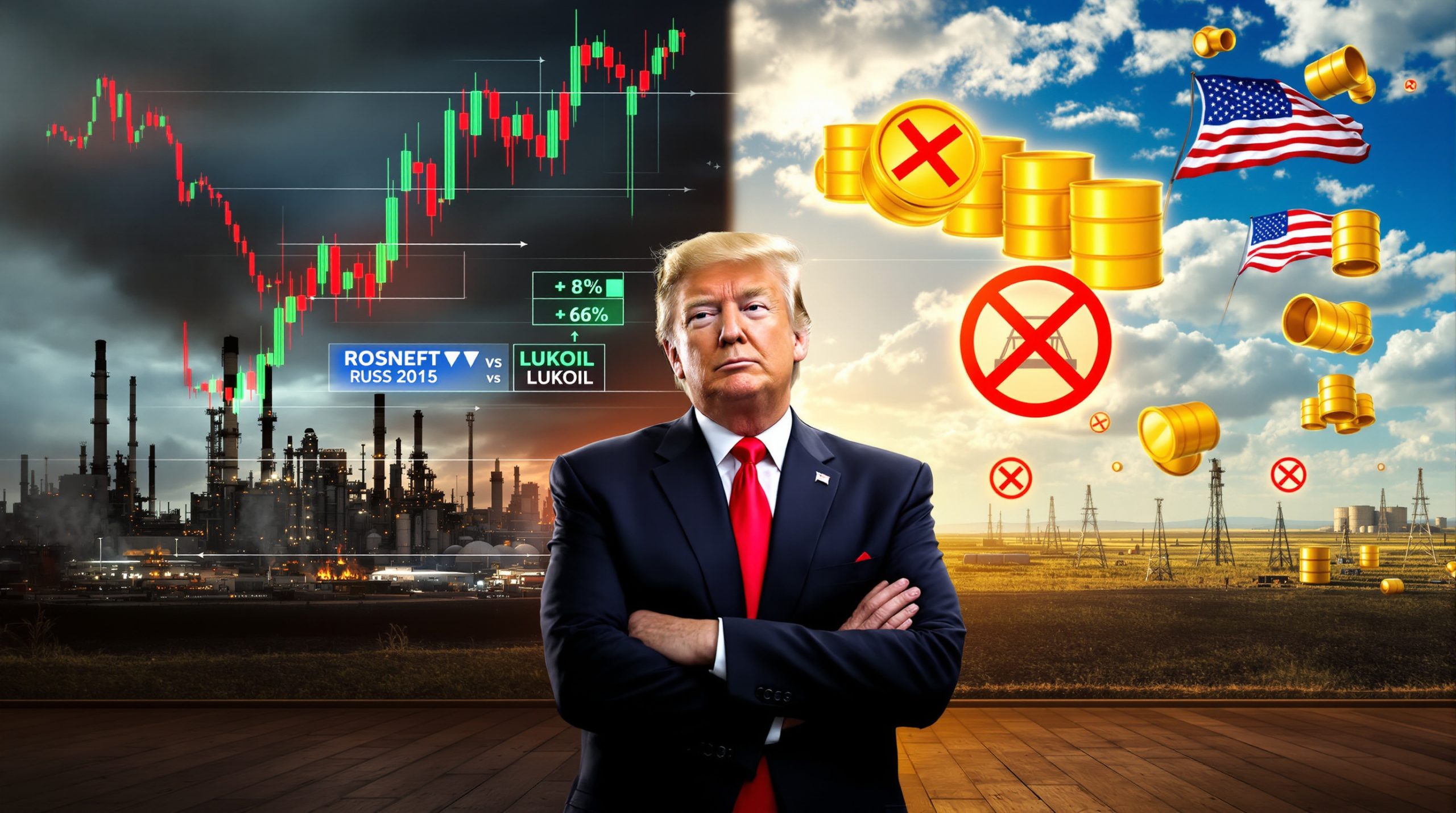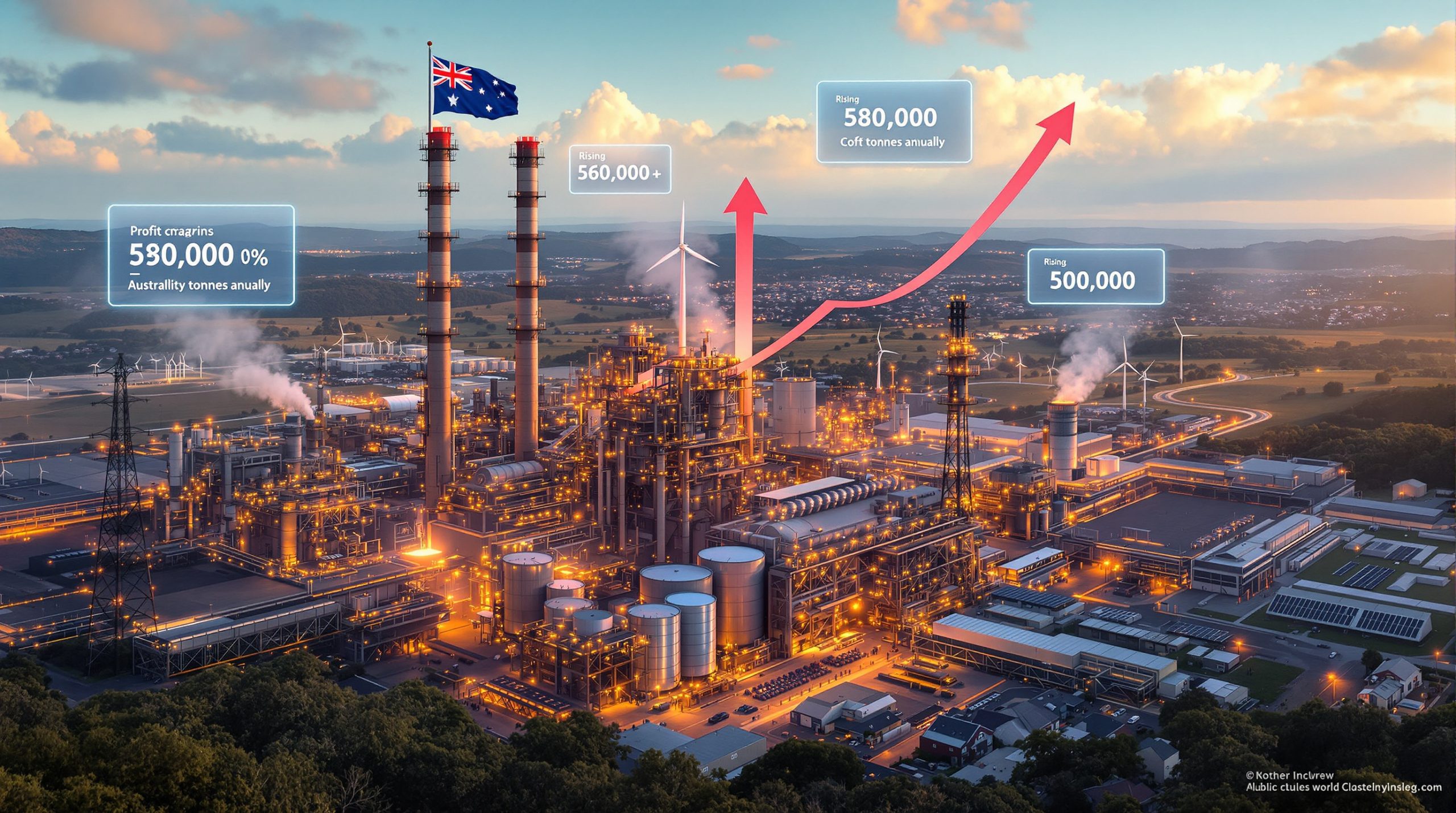Current State and Emerging Trends in the Iron Ore Market: A Comprehensive Analysis
The iron ore market remains in a period of cautious equilibrium as of late April 2025, characterized by muted price volatility and balanced supply-demand dynamics. The most-traded iron ore futures contract (I2509) on the Dalian Commodity Exchange closed at 709 yuan per metric ton on April 29, reflecting a marginal 0.28% daily increase. Regional disparities in China’s domestic markets, coupled with the nearing completion of steel mill restocking cycles, suggest an impending shift toward demand-driven price sensitivity. This MMi Daily Iron Ore Report synthesizes quantitative data, qualitative insights, and technical analyses to unravel the forces shaping the iron ore sector, offering stakeholders an evidence-based framework for navigating near-term uncertainties.
What Is the Current State of the Iron Ore Market?
Latest Price Movements and Market Sentiment
Iron ore futures exhibited restrained volatility during late April 2025, with the Dalian Commodity Exchange’s benchmark I2509 contract oscillating within a narrow 15-yuan band before settling at 709 yuan—a 0.28% rise from the previous session. This consolidation pattern aligns with the moderated transaction volumes reported across physical and derivatives markets, signaling traders’ reluctance to take directional positions amid ambiguous macroeconomic signals.
The absence of pronounced bullish or bearish momentum reflects market participants’ consensus that iron ore prices have reached a temporary equilibrium, pending fresh catalysts from demand-side indicators or policy announcements.
Notably, the stability in futures pricing contrasts with emerging regional disparities in China’s physical markets. Eastern provinces report tighter inventories due to accelerated infrastructure projects, while southern regions face oversupply from concentrated seaborne arrivals. These geographical imbalances, though not yet severe enough to disrupt national price benchmarks, underscore the localized nature of current supply chain pressures.
Supply and Demand Dynamics
Steel mills’ procurement strategies have transitioned decisively from restocking to just-in-time purchasing, with blast furnace utilization rates stabilizing at **82.3%**—a level sufficient to maintain production but inadequate to spur aggressive raw material accumulation. Mill inventories now average 28 days of consumption, down from 35 days in early March, indicating a strategic shift toward leaner stock management.
This behavioral change reduces the likelihood of large-scale buying interventions that could destabilize prices.
On the supply side, major miners maintain steady output, with Australia’s Pilbara shipments holding at 16.5 million tons weekly and Brazilian exports from Vale reaching 6.2 million tons in April—both figures consistent with Q1 2025 averages. The equilibrium between supply and demand becomes evident in port stockpile data: combined inventories at Chinese ports totaled 138 million metric tons as of April 28, marking a 1.4% week-on-week decline that reflects balanced offtake rates.
How Are Regional Markets Performing?
Chinese Domestic Market Analysis
East China’s steel hubs, particularly Jiangsu and Shandong provinces, report premium prices of 725-735 yuan per ton for 62% Fe fines, driven by inventory drawdowns to 22-day coverage levels. Conversely, South China’s Guangdong and Guangxi regions face a 3.2 million-ton surplus, depressing local spot prices to 695 yuan—a 30 yuan discount to northern markets.
These disparities stem from differential seaborne arrival schedules and varying regional infrastructure investment paces, with eastern provinces allocating 18% more fiscal resources to transportation projects than southern counterparts in Q1 2025.
The imminent release of provincial reference prices, expected by May 5, will likely narrow these regional gaps through market arbitrage. Traders are already capitalizing on the spread, with 850,000 tons of ore redirected from southern ports to eastern mills during the last week of April—the highest weekly volume since February.
International Market Influences
Globally, the iron ore supply chain shows remarkable resilience despite geopolitical tensions. The API2 index for Atlantic Basin shipments holds at $118/ton CFR China, while the Australia-China freight rate for Capesize vessels remains stable at $19.50/ton. Grade differentials continue to reflect quality premiums, with 65% Fe Brazilian fines trading at a $28/ton premium over 58% Fe Australian ore—unchanged from March levels.
Emerging markets contribute incrementally to demand growth, with India’s steel production rising 6.8% year-on-year in Q1 2025 and Southeast Asian output increasing 4.3%. However, these regions remain price-sensitive buyers, with Indian mills securing 72% of imports through fixed-price contracts rather than spot purchases.
What Factors Are Influencing Iron Ore Prices?
Steel Industry Demand Indicators
Paradoxically, steel production stability now exerts downward pressure on iron ore prices surge. Global crude steel output reached 468 million tons in Q1 2025—a 1.2% year-on-year increase that masks regional divergences. China’s output grew 2.1% to 268 million tons, while EU production contracted 3.4% amid energy cost pressures.
Mills’ focus on margin preservation over volume growth has led to optimized charge mixes, with sinter ratios declining to 74% as cheaper scrap substitutes 5-7% of iron ore intake.
Finished steel inventories present a mixed picture: rebar stocks in China fell 8% month-on-month to 6.3 million tons, but hot-rolled coil inventories rose 4% due to slowing automotive demand. This bifurcation complicates raw material procurement strategies, encouraging mills to maintain flexible purchasing schedules.
Macroeconomic and Policy Considerations
China’s Q1 GDP growth of 5.3% year-on-year, coupled with a 6.8% surge in fixed asset investment, provides fundamental support for steel demand. However, the property sector’s 9.7% decline in new starts continues to cap iron ore’s upside potential.
Environmental policies add further complexity, with Tangshan’s latest production restrictions idling 14% of local blast furnace capacity from April 15-30.
Central bank policies globally influence dollar-denominated ore prices, with the Federal Reserve’s pause on rate cuts keeping the DXY index above 105—a headwind for non-US buyers. Conversely, China’s PBoC has maintained the 1-year LPR at 3.45%, ensuring stable financing costs for steel traders.
How Might the Market Develop in Coming Weeks?
Technical Analysis and Price Projections
The I2509 contract’s 100-day moving average at 705 yuan provides strong support, while resistance looms at 718 yuan—a level tested unsuccessfully three times in April. Open interest in Dalian futures rose 2.3% to 1.45 million contracts, suggesting speculative capital awaiting breakout signals.
Historical volatility measurements of 18.7% remain below the 24% five-year average, indicating suppressed price swings that may precede directional moves.
Seasonality patterns suggest May-June typically brings 3-5% price declines as northern hemisphere construction activity slows, though inventory restocking ahead of China’s July steel output quotas could mitigate this trend.
Seasonal Factors and Industry Cycles
Q2’s traditional demand lull coincides with increased supply from Southern Hemisphere miners ramping up production post-cyclone season. Australia’s April shipments already reflect a 12% month-on-month increase, with Rio Tinto reporting 98% utilization at its Pilbara operations. Brazilian exports, however, face temporary constraints from Itaguai port maintenance reducing monthly capacity by 2 million tons through mid-May.
Steel mills’ inventory cycles now enter a critical phase, with procurement managers indicating intentions to rebuild stocks to 32-day coverage by July—a move requiring 8-10 million tons of additional imports. This would reverse the current destocking trend, potentially injecting upward momentum into prices.
What Are the Key Market Indicators to Watch?
Critical Data Points for Market Participants
Port Stockpiles: The anticipated sub-135 million ton threshold at Chinese ports could trigger panic buying if breached during May.
Blast Furnace Utilization: Sustained operation rates above 83% would signal confidence in steel demand recovery.
Steel-to-Ore Spread: The $105/ton gap between steel rebar and iron ore costs must narrow to justify increased mill output.
Market Alert: Industry analysts are closely monitoring the emerging gap between futures pricing and physical market transactions, which has widened to 14 yuan—a divergence that historically precedes significant price corrections.
Trading Strategies and Risk Management
Sophisticated market participants are exploiting the futures curve’s backwardation, with the I2509 contract trading at a 14 yuan discount to spot—a spread last seen in 2019. Options volatility skews indicate strong demand for 720 yuan call options, reflecting bullish leanings among speculators.
Cross-commodity correlations show iron ore’s 30-day price correlation with coking coal strengthening to 0.78, underscoring the importance of integrated steel cost analysis.
| Strategy Component | Current Status | Recommended Action |
|---|---|---|
| Futures Positioning | Backwardation (14 yuan) | Consider calendar spreads |
| Options Strategy | Call skew dominant | Evaluate collar strategies |
| Physical-Futures Arbitrage | 12-14 yuan spread | Monitor convergence opportunities |
| Regional Arbitrage | 30 yuan East-South spread | Assess logistics costs vs. spread |
Iron Ore Market Outlook and Projections
Short-Term Price Drivers (1-4 Weeks)
The completion of steel mill restocking cycles presents the most immediate challenge to price stability, with procurement volumes expected to decline 15-20% in early May compared to April averages. This pullback coincides with the traditional post-holiday slowdown in Chinese steel consumption, creating potential downward pressure.
Trader positioning ahead of local price announcements will likely dominate daily volatility, with market participants carefully calibrating inventory levels to match anticipated demand shifts.
Analyst Perspective: “The current iron ore market exhibits classic late-cycle behavior, with completed restocking activities suggesting we’re entering a more price-sensitive phase. Mills are increasingly focused on margin preservation rather than volume growth.” – MMi Market Intelligence Unit
Medium-Term Market Considerations (1-3 Months)
Seasonal demand patterns will assert greater influence by June, with construction activity historically declining 7-9% from May to July in northern China. This cyclical weakness could be partially offset by pre-stocking ahead of potential production quotas in Q3.
Production adjustments among major miners remain a critical variable, as Australian mining trends indicate producers maintain disciplined output despite price moderation. Vale’s 85-90 million ton Q2 export target appears achievable despite Itaguai maintenance, limiting potential supply disruptions.
FAQ: Iron Ore Market Essentials
What is driving the current iron ore price stability?
The current stability in iron ore prices stems from a delicate equilibrium between supply and demand fundamentals. With steel mills having largely completed their restocking cycles and now purchasing on an as-needed basis, upward price pressure remains limited. Simultaneously, major miners’ disciplined production approach prevents oversupply situations that could trigger significant declines.
This balance creates a trading range environment where prices oscillate within narrow bands, awaiting catalysts from either demand stimuli or supply disruptions to establish directional momentum.
How do regional differences impact the overall iron ore market?
Regional variations, particularly between East and South China, create tactical opportunities for traders while signaling potential future national trends. The current 30 yuan premium in Eastern markets reflects localized inventory tightness that could eventually spread nationally if infrastructure projects accelerate.
These geographical disparities often function as leading indicators, with regional price movements typically preceding broader market shifts by 2-3 weeks. Savvy market participants monitor these spreads for early signals of changing demand patterns.
What relationship exists between iron ore futures and physical market transactions?
The Dalian iron ore futures serve as both a pricing benchmark and risk management tool, while physical market transactions reflect immediate supply-demand realities. The current 14 yuan spread between futures and spot prices indicates market expectations of near-term price moderation.
This relationship becomes particularly important during transitional market phases, as the convergence or divergence between paper and physical prices often signals changing sentiment before it manifests in headline price movements.
Conclusion
The iron ore market’s current equilibrium masks underlying regional disparities and cyclical pressures that will dominate mid-2025 price action. While supply-side discipline from major miners prevents inventory gluts, demand uncertainty persists amid mixed steel sector signals.
The MMi Daily Iron Ore Report indicates market participants should prioritize flexible procurement strategies, leveraging arbitrage opportunities between futures and physical markets while monitoring port stockpile trajectories. Iron ore volatility strategies become increasingly important as market conditions shift. Technological advancements in steelmaking, particularly hydrogen-based reduction pilots scheduled for Q3, may redefine long-term ore quality requirements—a trend warranting close scrutiny.
Additionally, the emerging commodity super cycle could significantly impact long-term pricing trends, while major producers like BHP iron ore operations continue to influence market supply dynamics.
For daily price updates and analysis, many industry professionals rely on the MMi Daily Iron Ore Index Reports published by Hellenic Shipping News and comprehensive iron ore market analysis from Metal.com.
Disclaimer: This MMi Daily Iron Ore Report contains forward-looking statements and market projections based on current data and trends. Actual market developments may differ significantly from these projections due to unforeseen economic, political, or industry-specific factors. Readers should conduct their own research and analysis before making investment or business decisions based on this information.
Looking to Stay Ahead of the Next Major Mineral Discovery?
Discovery Alert’s proprietary Discovery IQ model provides real-time notifications on significant ASX mineral discoveries, turning complex data into actionable investment insights for both iron ore and other commodities. Explore historic returns from major discoveries at Discovery Alert’s discoveries page and position yourself ahead of the market.




